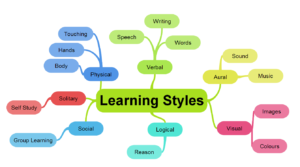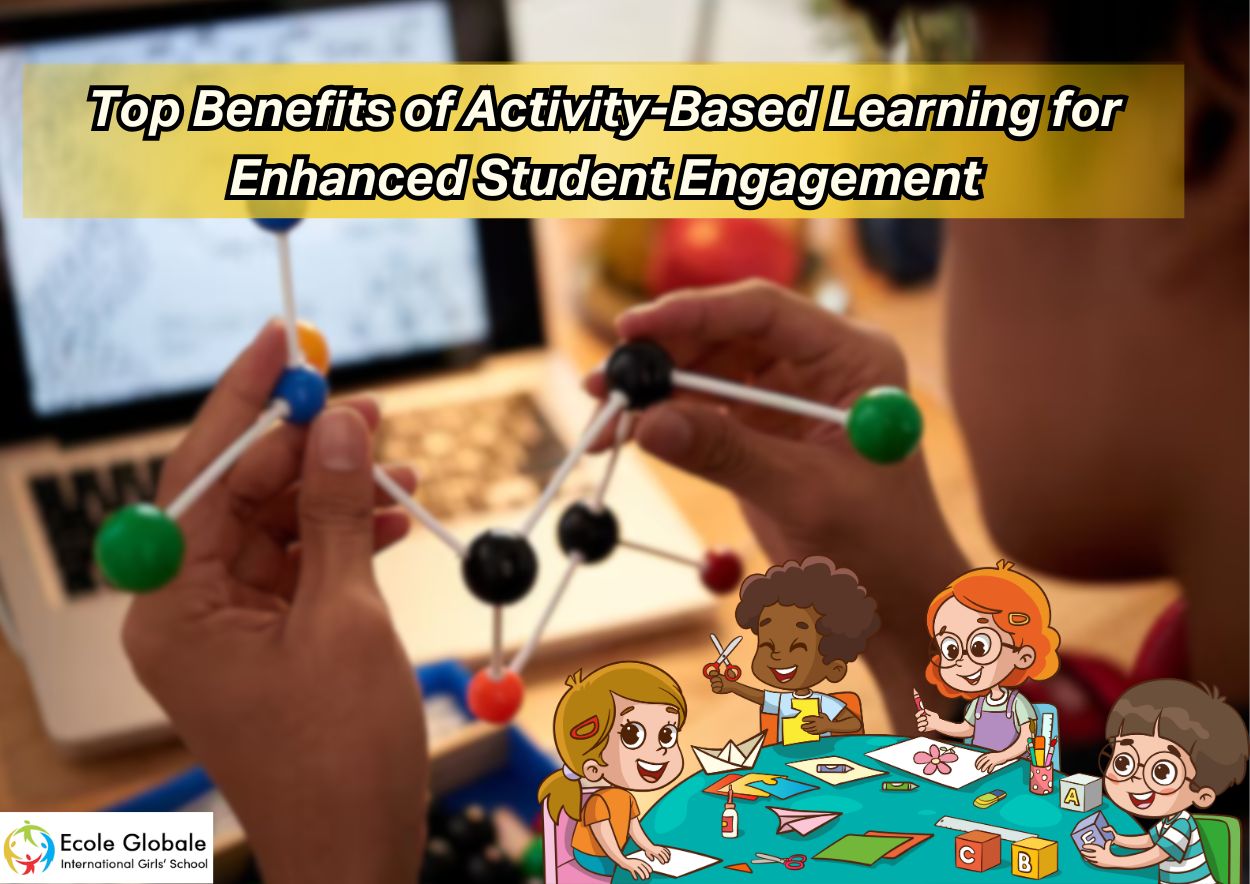In today’s fast-paced and ever-evolving educational landscape, traditional teaching methods are no longer enough to keep students engaged and motivated. Activity-based learning, a dynamic approach that focuses on hands-on experiences, collaboration, and real-world problem-solving.
This method is gaining popularity among educators, parents, and students alike for its ability to make learning more interactive, enjoyable, and effective. If you’re a student looking to boost your academic performance or a parent seeking the best ways to support your child’s education, understanding the benefits of activity-based learning is essential.
What is Activity-Based Learning?

Before diving into its benefits, let’s briefly know what activity-based learning is. Activity-based learning is an educational approach that emphasizes learning through direct participation in hands-on, interactive activities.
Unlike traditional lecture-based teaching, This encourages students to engage in problem-solving, collaborative tasks, and creative endeavors that help them better understand and retain information.
This learning method moves beyond memorization and focuses on making learning experiences enjoyable, real, and memorable. Whether through group projects, experiments, educational games, or role-playing, activity-based learning enhances the educational process and fosters deeper engagement.
Why Activity-Based Learning is a Game-Changer
The traditional “one-size-fits-all” approach to education often leaves students feeling disengaged and unmotivated. Activity-based learning in India, on the other hand, caters to diverse learning styles and keeps students actively involved in their education. Here are the top benefits of this approach:
1. Boosts Student Engagement

One of the most significant advantages of activity-based learning is its ability to capture and maintain students’ attention. Activities like group discussions, hands-on experiments, and creative projects make learning fun and interactive, reducing boredom and increasing participation and helps in self growth.
2. Encourages Critical Thinking and Problem-Solving

Activity-based learning pushes students to think critically and solve problems independently. Instead of simply memorizing information, they learn to analyze, evaluate, and apply their knowledge in real-world scenarios.For instance, a math activity might involve solving a real-life problem, such as budgeting for a project or calculating the dimensions of a model.
3. Fosters Collaboration and Teamwork

Many activity-based learning tasks encourage students to collaborate in groups. This teamwork fosters important social skills such as communication, collaboration, and conflict resolution.
In today’s world, where working together is crucial for success in both boarding schools and the workplace, these skills are incredibly valuable. Students gain experience in sharing ideas, actively listening to their peers, and striving towards a shared objective—all while enhancing their grasp of the subject.
4. Caters to Different Learning Styles

Every student has a unique way of learning. Some grasp concepts better through visuals, while others thrive on hands-on activities or listening. It caters to these varied styles by providing a range of activities that resonate with different preferences.
5. Builds Confidence and Independence

When students engage actively in their learning, they develop a sense of ownership and achievement. Activity-based learning motivates them to take risks, make choices, and learn from their errors. This approach enhances their confidence and nurtures a growth mindset, allowing students to see challenges as chances to learn and improve. For parents, this translates to observing your child becoming more self-confident and driven in their educational path.
6. Makes Learning Relevant and Practical

One common complaint among students is that they don’t see the relevance of what they’re learning in school. It addresses this issue by connecting lessons to real-world applications.For example, a science activity might involve designing a sustainable energy solution, while a language arts project could focus on creating a persuasive advertisement. These practical activities show students how their knowledge can be used outside the classroom, making learning more meaningful and exciting.
7. Enhances Retention and Understanding

Research shows that students retain information better when they actively engage with the material. Activity-based learning promotes deeper understanding by encouraging students to explore concepts through hands-on experiences.Instead of forgetting what they’ve learned after a test, students are more likely to remember and apply their knowledge in the future. This long-term retention is a key benefit for both students and parents.
How Parents Can Support Activity-Based Learning

As a parent, you play a crucial role in supporting your child’s education. Here are a few ways you can encourage learning at home:
- Encourage Curiosity: Ask open-ended questions that prompt your child to think critically and explore new ideas.
- Provide Hands-On Resources: Invest in educational toys, science kits, or art supplies that promote active learning.
- Collaborate with Teachers: Stay in touch with your child’s educators to understand how activity-based learning is being implemented in the classroom.
- Create Real-World Connections: Help your child see the practical applications of what they’re learning by involving them in everyday tasks like cooking, budgeting, or DIY projects.
Frequently Asked Questions (FAQs)
Q1. What is activity-based learning?
Ans: Activity-based learning is an educational method where students learn through hands-on activities, experiments, projects, and collaborative tasks. Instead of passively absorbing information, they actively engage with the material, making learning more interactive and effective.
Q2. How can Activity-Based Learning be integrated into existing curricula?
Ans: Activity-Based Learning can be incorporated into any curriculum by adding interactive elements such as group activities, experiments, educational games, and projects. Teachers can adapt traditional lessons to include more hands-on learning opportunities, ensuring students remain engaged and motivated.
Q3. How does Activity-Based Learning foster collaboration among students?
Ans: Activity-Based Learning often involves group activities, which require students to work together, share ideas, and solve problems collectively. This collaborative approach helps students develop essential teamwork and communication skills that are beneficial both in school and in future careers.
Q4. How does Activity-Based Learning encourage teamwork?
Ans: By involving students in group activities, Activity-Based Learning teaches collaboration and problem-solving.









